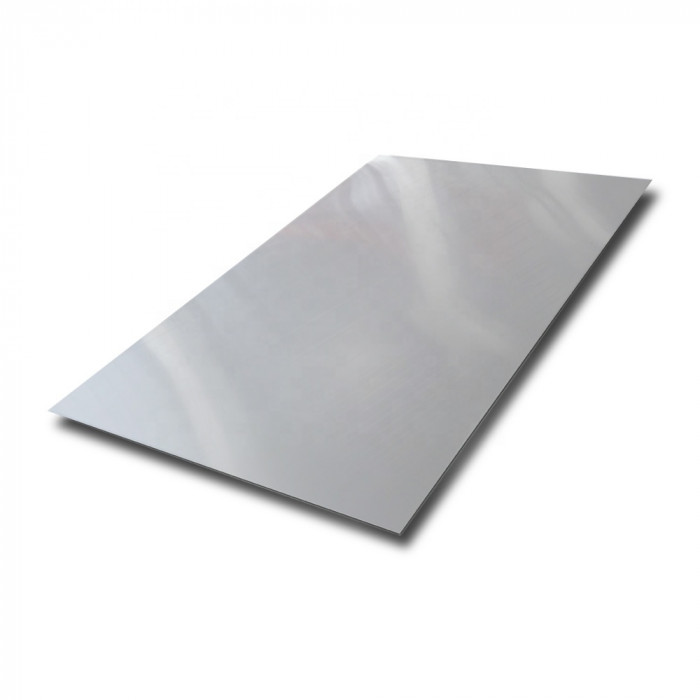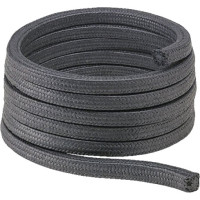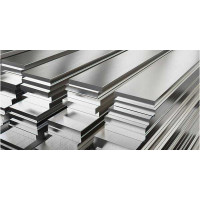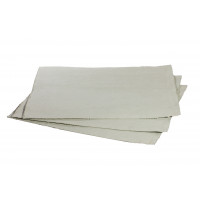Kharkiv sheet 65G, 30HGSA, 10HSND, 60S2A, st20, st45, steel sheet of different thicknesses, cutting and delivery
Steel sheet is a versatile material that has many uses in construction, from roofing and cladding to structural elements. This article will review the different types of steel sheets available, their properties and applications in construction.
Types of steel sheet
hot rolled
The name suggests that the product is obtained by heating and rolling steel at high temperatures. It has a rough surface and is commonly used for construction work.
cold rolled
This type of steel sheet is made by rolling steel at room temperature. It has a smooth surface and is often used for decorative purposes such as roofing or siding.
galvanized
The entire strip is covered with a layer of zinc for corrosion protection. It is commonly used in roofing and cladding.
Stainless steel sheet
The main feature of this type is resistance to corrosion and staining. It is often used in high end building projects such as hospitals and laboratories.
Applications of steel sheet
The application is quite wide. This is due to the versatility of this type of rolled metal. Its excellent performance characteristics: practicality, durability, resistance to various climatic influences - explain the demand for the material in many industrial and construction areas:
Roofing and cladding
Steel sheets are commonly used as roofing and cladding material in both commercial and residential construction. Galvanized and coated steel sheets are often used due to their durability and weather resistance.
Structural elements
This type of rolled metal is also used in the manufacture of structural elements such as beams, columns and trusses. Hot rolled steel sheets are often in demand due to their strength and toughness.
decorative elements
Cold rolled steel sheets are often used for their aesthetic qualities, for example in decorative items such as wall paneling, or as furniture or cabinetry finishes.
Automotive and aerospace
Steel sheets are also widely used in the automotive and aerospace industries due to their strength and durability.
In addition, this steel product is often in demand in private construction. Buying a steel sheet for household needs is quite common.
The manufacture of containers for heating water or storing it in a house or a bathhouse, in a heating system is an incomplete list of sheet applications.
Possessing high fire-resistant qualities, the steel sheet is used as a protective layer in those places where fire hazard situations can occur.
Thick galvanized sheets are a suitable material for strong safes or special cabinets.
The steel strip also finds its use in the interior. It can be stairs, racks, columns, panels, fancy partitions.
Types of steel sheet
In applied activities, sheet metal is divided into the following categories:
Smooth sheet metal is the most demanded, it is used in the production of industrial and civil products, in construction. Smooth sheet is used to create other types of sheet products. For example, to increase resistance to corrosion, different types of coatings are applied to the surface of rolled products, for example zinc, it is applied on both sides of the sheet, sometimes polymeric materials are applied;
In the production of corrugated sheets, manufacturers are guided by the requirements of GOST 8568-77. this document defines the technical conditions that corrugated steel must meet. A characteristic feature of this category is the presence of bulges on the surface of the sheet. GOST defines two forms of bulges - lentil and diamond-shaped. Rental of this type is in demand among builders, it is often used in the construction of observation platforms, flights of stairs, various kinds of crossings, that is, where any manifestation of slip is undesirable or unacceptable. The bulges on the surface of the sheet prevent slipping;
In addition to the above sheets, metallurgical plants produce cut-drawn sheets. Not so long ago, in their manufacture, manufacturers used GOST 8706-78, but more recently, manufacturers have been using TU36.26-11-5-89. This type of rolled products is distinguished by the fact that holes are made in the body of the sheet, with elongated edges. This design does not allow passers-by and vehicles to slip, keeps dirt, snow and water on itself. This leads to their widespread use as a coating for flights of stairs, platforms and other surfaces located on the street;
Perforated rolled products are classified in accordance with the standards defined in GOST 16523-97. A characteristic feature of this type of sheet is that many holes are made in the sheet.and different shapes. This material is used for various types of finishing works;
Decking is a steel sheet produced using cold-rolled technology and molded on a special profiling machine. As a result, the sheet becomes profiled. If you look at the cross section of such a sheet, you can see a trapezoidal or oval profile. The profile gives the sheet additional rigidity. Due to its ribbing, the sheet becomes more durable and rigid. The sheet is widely used as a material for arranging roofs, creating fences, wall structures. A galvanized sheet is used as a raw material for the manufacture of a profile sheet, but sometimes these products are coated with a polymer material. Such a sheet not only has reliable protection against corrosion, but also an attractive appearance.
Corrosion-resistant (stainless) sheet metal is a product for the production of which stainless steel is used. The composition of such steel includes chromium, nickel, etc., in fact, these substances ensure the resistance of the sheet to corrosion, to the influence of aggressive substances, and to high temperatures.
Sheet material applications and steel grades used
In principle, most of the steel grades used in industry are used for the production of sheet products. The following steel grades are especially popular among consumers: St3, 20, 35, 45 they are used in the construction of building structures.
Low-alloy structural steel 09G2S - the chemical composition of this material allows the use of rolled products from this steel used in the manufacture of welded structures operated in harsh climatic conditions, i.e. in the temperature range from - 70 to + 425 degrees.
Steel 65G (spring) is used in the production of springs, springs used in the construction of vehicles.
Rolled products obtained from alloys 12X18H10T, 07X21G7AN5, etc. are used in the manufacture of machines and mechanisms operating at temperatures close to the boiling point of oxygen -183 degrees. And used in gas liquefaction plants, etc.
Sheet metal production
It has already been noted that cold and hot deformation technologies are used to produce sheet products. Hot deformation looks something like this: a billet (slab) heated to a certain temperature is processed in a rolling mill, i.e. rolled between the rolls. As a result of processing, sheets of given sizes are obtained at the output.
As a result of such processing, the metal acquires the following undeniable advantages:
Strength;
Corrosion resistance;
Resistance to temperature fluctuations;
weld quality.
Calculation of sheet products according to the main parameters
1. To calculate the area of a steel sheet, use the formula: Area (m2) = Length (m) * Width (m);
2. Calculation of the volume of sheet metal: Volume (m3) = Length (m) * Width (m) Thickness (m);
3. To calculate the weight of a steel sheet, first you should remember that the average mass of one m2, 1 mm thick is 7.85 kg. This is a fixed value. Using this indicator and other parameters of sheet metal, you can derive a simple formula for calculating the weight of any sheet product:
Weight (kg) = Area (m2) Thickness (mm) * 7.85; or Weight (kg) = Length (m) * Width (m) Thickness (mm) * 7.85;
To make approximate calculations, it is enough to round the average weight from 7.85 kg to 8 kg, and then such calculations can be carried out without a calculator, and the error will be less than 2%.
Application in construction
Smooth hot-rolled sheet, being the cheapest material with high strength, is widely used for pouring formwork and strengthening slopes. Cold rolled sheet is more in demand for interior and exterior design of public buildings, commercial buildings and military facilities. Elements made from it are especially effective in spatial systems and also reduce the weight of the overall structure. This makes it possible to use cold-rolled steel for the creation of single-layer and multi-layer membrane ceilings.
PVL is in demand in the manufacture of steps for technical and fire escapes and in the strengthening of subway trunks, wall surfaces of underground tunnels and parking lots. It also makes it possible to strengthen the structures of technical ground and underground tanks. But the most effective and efficient expanded metal is used in flyovers, observation decks and offshore platforms.
Corrugated steel sheet
Corrugated sheet metal is widely used mainly in industrial and military construction. Floorings for the movement of ground transport, platforms and entrance groups are made from it. It is also used to strengthen the vertical elements of underground structures.
It is worth noting that the steel sheet is perfectly welded in structures of various shapes and configurations, and also responds well to plastic processing. It can be easily bent, cut, riveted, rolled and flared, can be painted and coated with metal.or be used in a black state, which also has a positive effect on its mass use in construction.
No questions about this product, be the first and ask your question.




